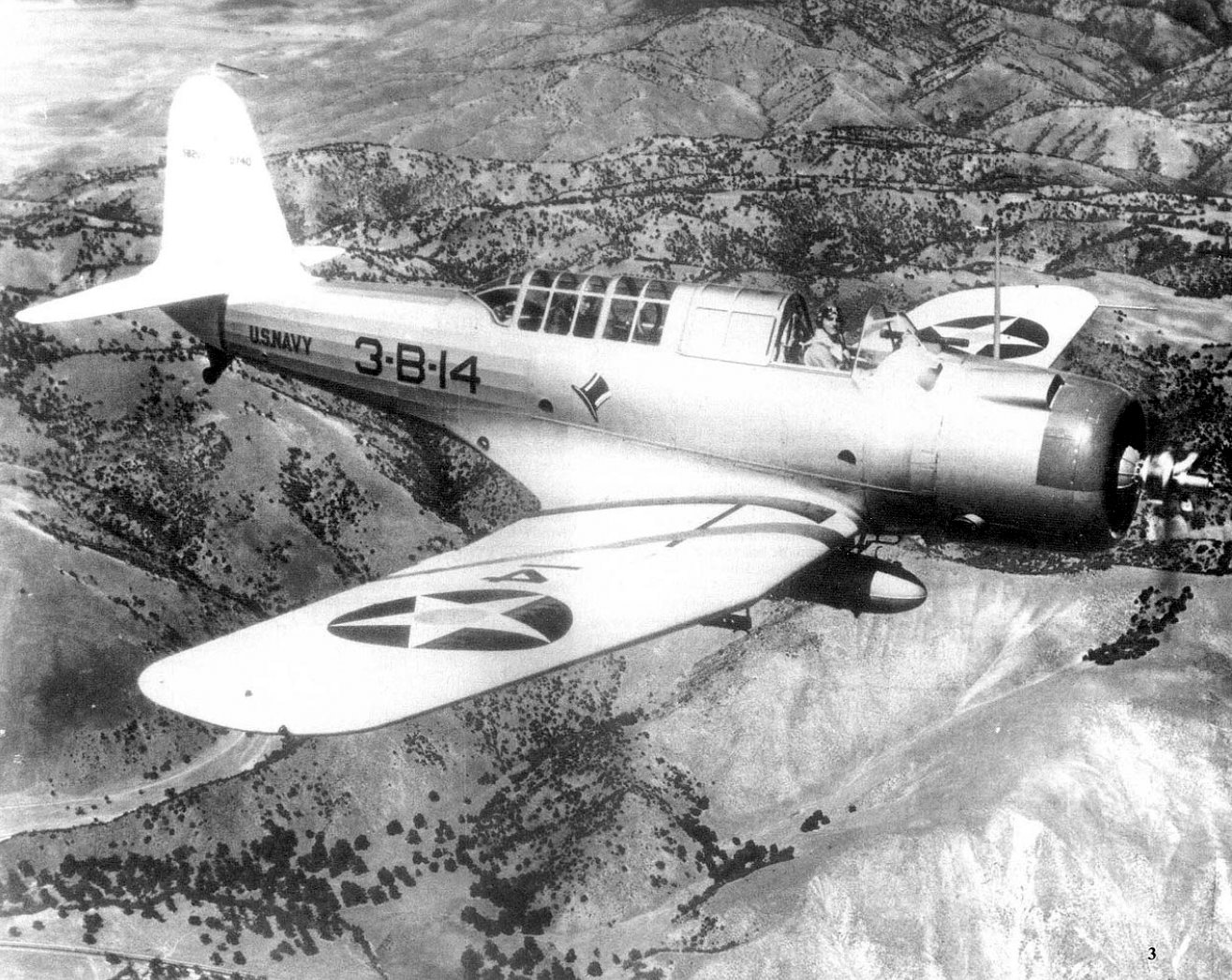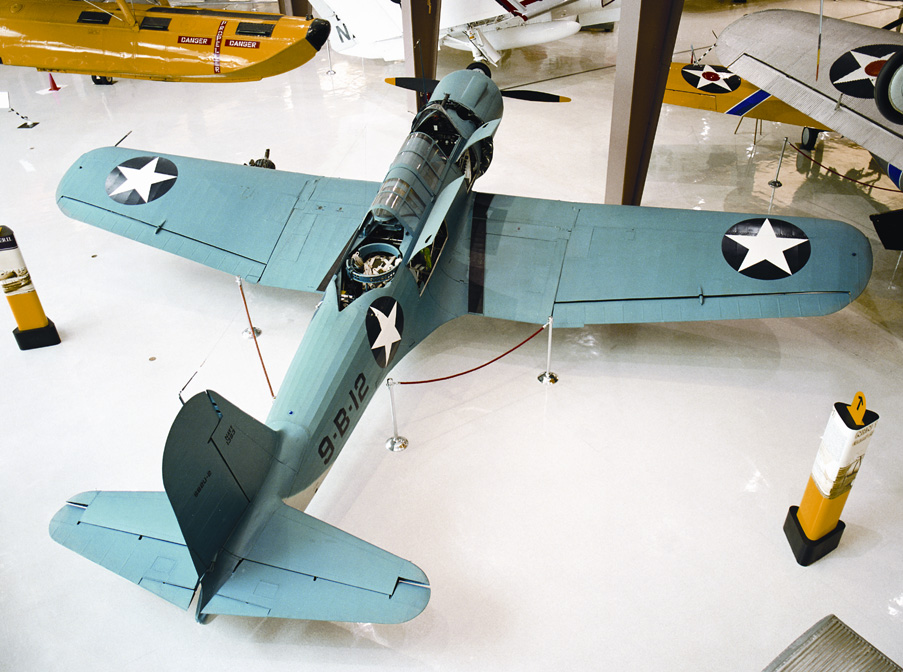Tex Hill – War Patrol (part 2)
 After Tex Hill served aboard the Saratoga for about a year, he was transferred as part of an experiment to test the theory that a lead bomber with a bombsight can signal its squadron following to drop its bombs. If It worked, it would have eliminated the need for bombsights for the rest of the squadron. Tex was transferred to the East Coast aboard the USS Ranger (CV-4). Along with his class mates Ed Rector and Bert Christman, Tex was assigned to Bombing Squadron Four (VB-4). Later, VB-4 was split into two scouting squadrons—VS-41 and VS-42, all three friends were assigned to VS-41.
After Tex Hill served aboard the Saratoga for about a year, he was transferred as part of an experiment to test the theory that a lead bomber with a bombsight can signal its squadron following to drop its bombs. If It worked, it would have eliminated the need for bombsights for the rest of the squadron. Tex was transferred to the East Coast aboard the USS Ranger (CV-4). Along with his class mates Ed Rector and Bert Christman, Tex was assigned to Bombing Squadron Four (VB-4). Later, VB-4 was split into two scouting squadrons—VS-41 and VS-42, all three friends were assigned to VS-41.
The US at the time had an extensive convoy system supplying Great Britain through the Lend Lease act. USS Ranger was assigned to fly neutrality patrol operations. This consisted of escorting convoys from Bermuda to the Azores. Being a non-combatant country, any sighting of German ships or submarines was related to the British Royal Navy. On one patrol, Tex spotted two submarines and their tender. Reporting their position, he later saw a British heavy cruiser firing on the tender. While the submarine was nowhere to be seen, debris was on surface where the British had dropped depth charges. In another patrol, he would report on a Spanish ship, San Adolfo, which was supplying the Germans with fuel. The ship was eventually captured by the British.
Tex Hill’s Vindicator – (Bureau Number 1383)
![]() Link to article on building Tex’s Vindicator SB2U Vindicator – Accurate Miniatures
Link to article on building Tex’s Vindicator SB2U Vindicator – Accurate Miniatures
When the US entered WWII, the Vindicator was already outmoded with the fabric skins and weak wings that could be damaged in a dive, but it still saw service until the battle of Midway in 1942. Initially delivered to the US Navy in 1937, the SB2U-1 was their first monoplane scout-bomber. The next version SB2U-2 that was delivered a year later had some extra equipment over that of the -1 version. It wasn’t until late 1940 that the improved -3 version with extra armor, fuel capacity, and engine powered was delivered exclusively to the US Marines.

Serving with the USS Ranger Scouting Squadron 4 (VB-4), my sources indicate that his plane was BuNo #1383. This would indicate that this was the last -2 model delivered to the Navy in 1939. After participatingin Neutrality patrols, it was reassigned for training on the auxiliary carrier Charger (ACV 30). Eventually the aircraft was assigned to Naval Carrier Qualification Training in Illinois in 1943. It was there in June of 1943 while being piloted by Marine 2nd Lieutenant Lemmons that the plane missed the arresting wires while attempting a landing on the training carrier Wolverine. The plane skipped over the crash barrier net, crashed onto the deck, went overboard and promptly sank, luckily Lt. Lemmons was rescued. This plane was recovered in 1990 from Lake Michigan and has been fully restored by the US Navy and is currently on display at the National Museum of Naval Aviation at NAS Pensacola, Florida. I have not seen this information verified elsewhere, but if I’m correct in my research, Tex’s SB2U-2 is now the only surviving Vindicator left in the world and is available for everyone to see.

The USS Ranger circa 1941 (National Archives)
The USS Ranger’s aircraft all carried a Green tail. As per the 1937 US naval scheme, the plane had yellow-orange wings and silvered color dope fuselage. The front cowling’s color red on the top half only and his fuselage was marked 4-B-2 for 4th Bombing squadron, plane #2. “SB2U-2” was painted on the green rudder along with 2 diagonal black stripes. Since his squadron was known as the “Top Hats”, his plane carried a Top hat in the fuselage between the front and rear cockpit. Neutrality stars – smaller US insignias – were painted on the cowling during their Atlantic patrols.


